Menu
If you’ve been thinking about dermal filler injections, you may have asked yourself the question, ”What happens if something goes wrong?”, or “What if I don’t like the way I look?” We understand the concern. Making the decision to change your appearance, also requires you to consider the potential risks as well. From our experience, looking natural is the most important factor for our patients when considering dermal filler injections.
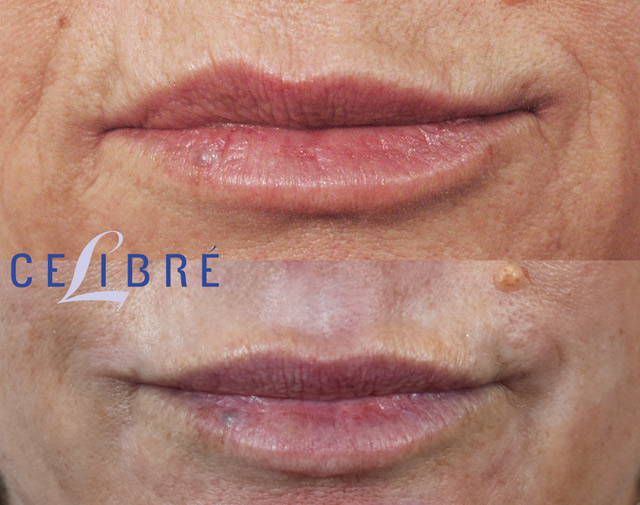
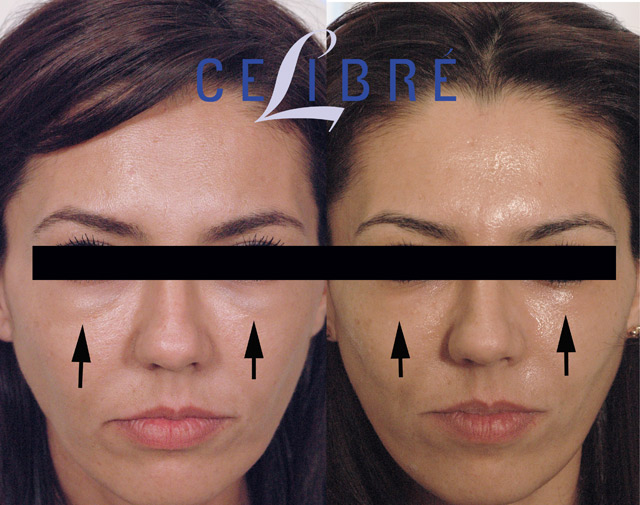
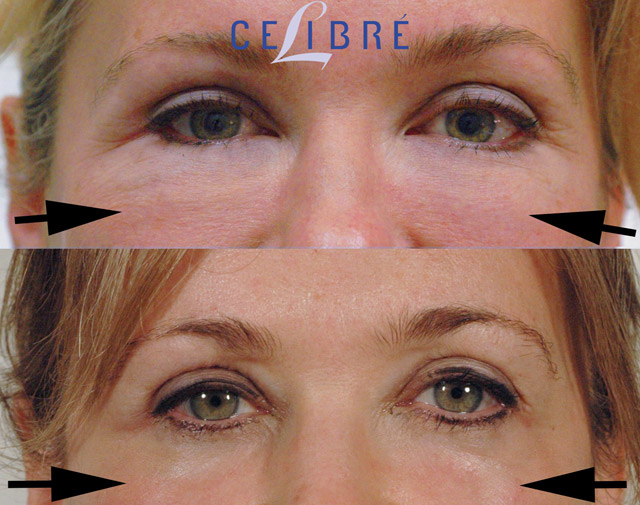
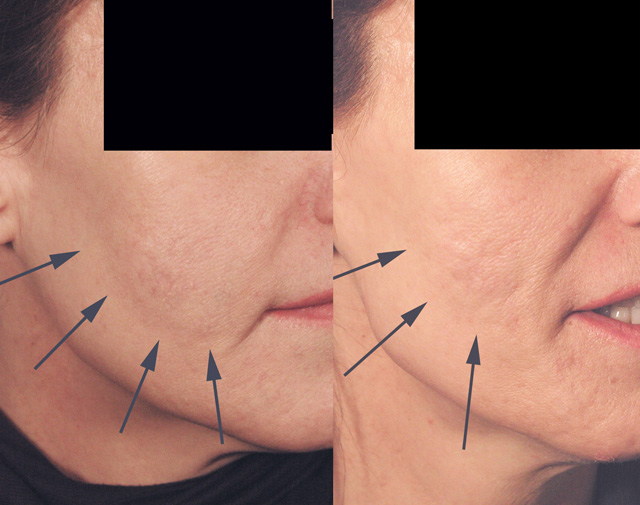
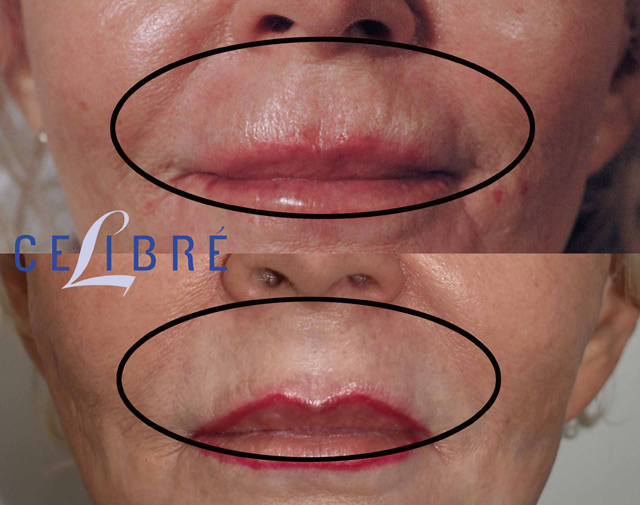

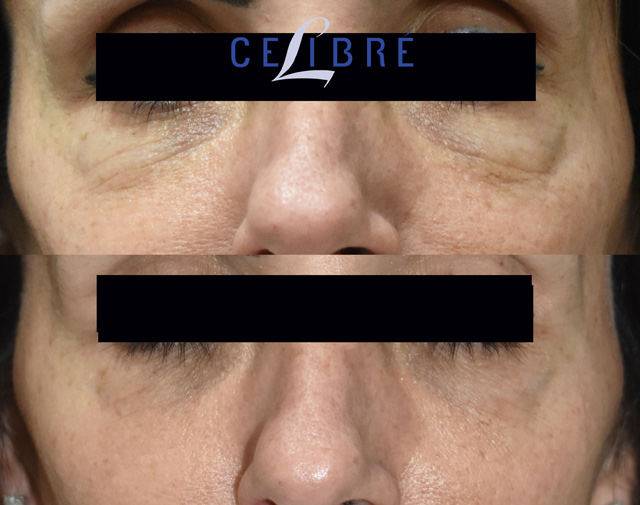
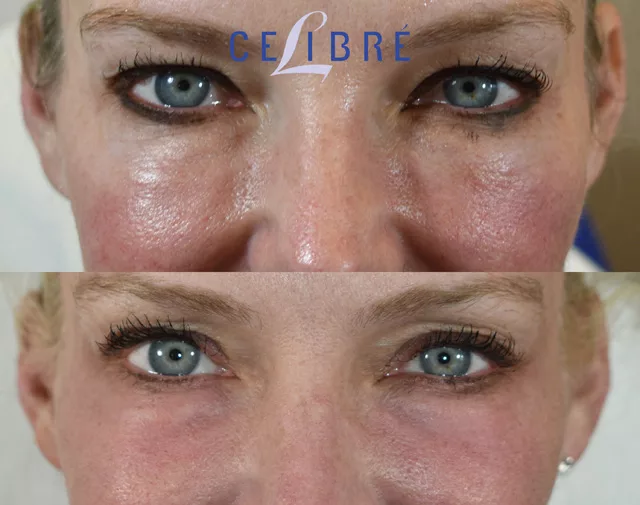
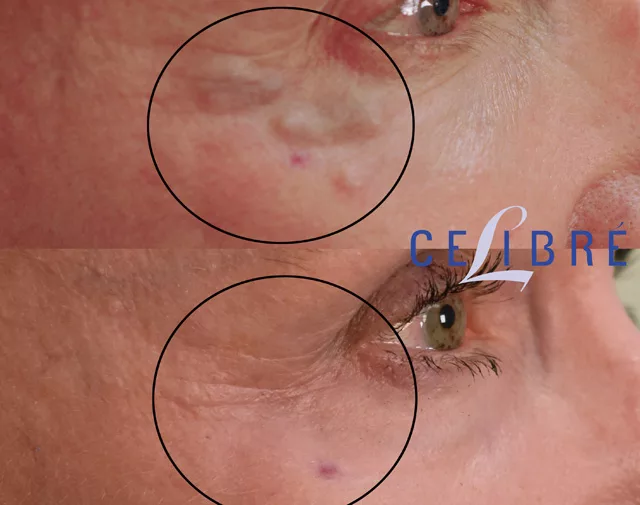
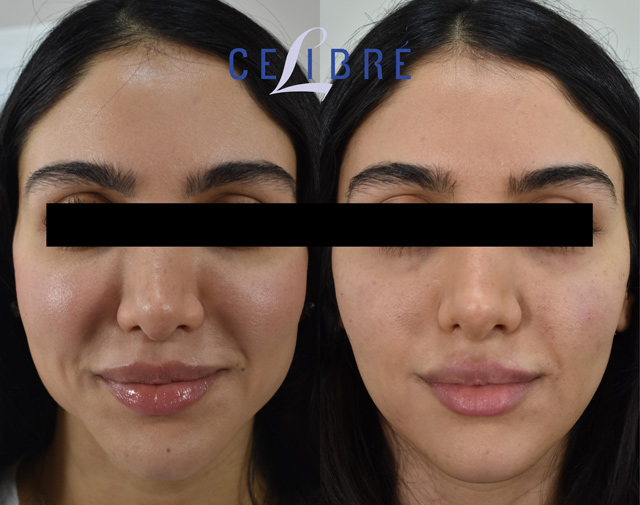










At Celibre Medical we thoroughly discuss your concerns, evaluate your individual features, and then educate you fully on all your treatment options. Not every practice does this. Too often, we see patients from another practice that were not fully informed of the risks or just had subpar results because they did not fully understand what treatments were being performed. Thankfully, many of these cases involve the use of hyaluronic acid-based fillers such as Juvederm, Restylane, Voluma, Belotero, RHA, Versa, etc.
To help patients that have had bad filler injections, we use an enzyme to reverse the effects and remove the fillers. It’s called hyaluronidase and it breaks the bonds that tie together synthetic hyaluronic acid-based products together. Results are mostly immediate but full effects are seen within 24 hours of injection. We use the hyaluronidase brands Hylenex and Vitrase.
Hyaluronidase enzymes work by breaking down the chemical bond between the molecules of hyaluronic acid (HA) in products such as Restylane and Juvederm. Breaking the chemical bond that ties the molecules of synthetic hyaluronic acid together dissolves the gel and reverses the effects of the filler procedure. It starts to work very quickly — usually within seconds and can sometimes completely remove your hyaluronic acid-based filler in less than a day. In other cases, more than one visit is required. It’s important to point out that Hyaluronidase only works on synthetic HA-based fillers. There is no similar reversal method for different types of dermal fillers and biostimulators such as Radiesse, Sculptra and/or Bellafill.
To give you a better idea of what Hylenex or Vitrase can do, take a look at the before and after photos of a patients we treated (above). The cases show before and after photos of dermal filler reversal for the under eyes, lips and cheeks. The reality is that hyaluronidase can be used anywhere in the body that synthetic hyaluronic acid-based dermal fillers have been injected. One of the most common places for reversal is under the eyes. The “tear troughs”, as the area of dark circles under the eyes is called, is one of the most difficult areas of the face to inject well.
It is very product and technique dependent to get a good outcome, so often when we get a call to reverse a dermal filler, it is about bad injections for dark circles under the eyes. In this area, we see too much filler placed, filler that was placed too close to the skin’s surface and, finally, fillers that should not be used in this area and appear lumpy or bumpy. These patients often suffer for days, weeks, months or even years before finding a solution to a bumpy, puffy or swollen appearance. Within minutes of their hyaluronidase injections, they look better and have some relief.
It’s very common, especially on websites like Realself, for consumers to report and believe that the hyaluronidase enzyme in Hylenex and Vitrase breaks down the natural hyaluronic acid in the skin. Although this can occur in a very limited capacity, the effects are temporary. Your body produces and replaces hyaluronic acid in the skin every day, so if a deficiency from the norm is present after injection of hyaluronidase, the body will be correct it shortly thereafter. The primary role of the hyaluronidase is to effect the excess synthetic hyaluronic acid based dermal filler and this is easily accomplished by injecting into the bumpy areas where the synthetic filler can be seen or felt.
Hylenex and Vitrase are so effective at dissolving hyaluronic acid-based fillers that the effects will usually be seen in real time. In most cases, as soon as the solution is injected into the skin, the bumps dissolve and flatten. The caveat is that thicker dermal fillers require more solution, time and visits.
The answer to this question depends primarily on the type of filler that was injected initially. Hyaluronic acid based dermal filler brands such as Voluma, Lyft and Silk all have different designs and structures. Some fillers have a very smooth consistency while others are very thick and viscous. The number of treatments required to dissolve the products depends on how much filler was placed and the cross-linking properties of the filler. For very thick products like Vycross technology (Voluma), it can take 2, 3 4 or more visits to break down the product because the cross links (bonds) contained within the filler are numerous. The increased amount of cross linking makes a thicker dermal filler last longer, but also makes it more difficult to break down with hyaluronidase.
In addition, some thicker fillers can cause “granulomas”, a type of response where the immune system walls off the filler, creating a capsule or pocket that separates it from the rest of the surrounding tissue. For thicker hyaluronic acid-based dermal fillers, more than one treatment will almost always be required. In addition, if a capsule or granuloma forms, this will also increase the number of treatments required to dissolve any bumps or lumps. The more difficult nature of dissolving Vycross technology (Allergan Voluma, etc) is one of the reasons we do not use it. The additional risk and difficulty associated with dissolving a product like Voluma do not make up for the marginal increase in duration over another dermal filler like Restylane Lyft.
If you’ve had a bad dermal filler injection in the under eyes, cheeks, lips or jawline, call us today to discuss dissolving the filler and starting over to create a more natural appearance.
